Home>Storage & Organization>Kitchen Organizing Tools>How To Keep The Litter Box Clean
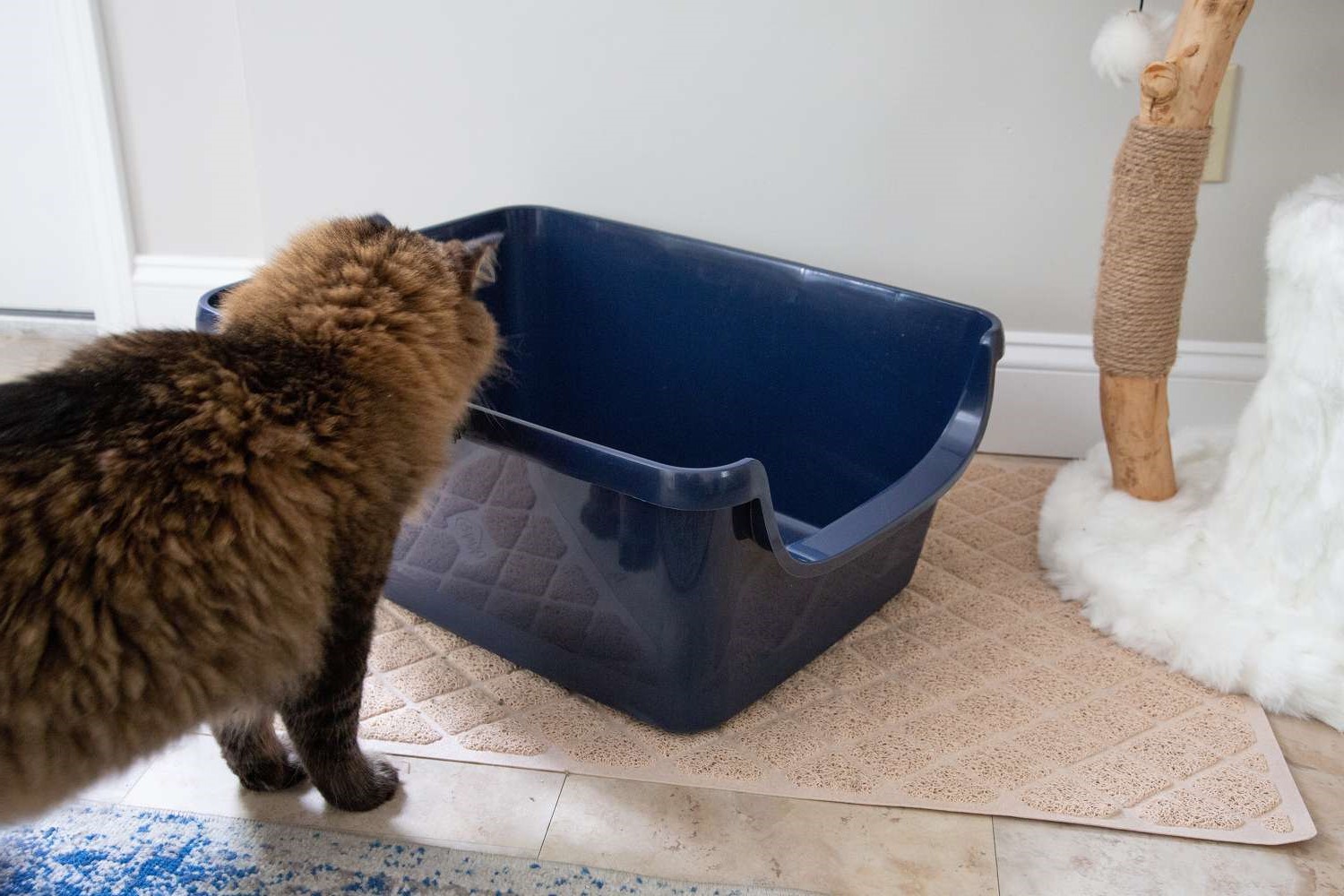

Kitchen Organizing Tools
How To Keep The Litter Box Clean
Modified: February 26, 2024
Discover the best kitchen organizing tools to keep your space clutter-free and efficient. Find practical solutions for a tidy and functional kitchen.
(Many of the links in this article redirect to a specific reviewed product. Your purchase of these products through affiliate links helps to generate commission for Storables.com, at no extra cost. Learn more)
Introduction
Keeping a clean and organized kitchen is essential for a functional and enjoyable cooking experience. One of the key elements in achieving this is having the right kitchen organizing tools. From storage containers to drawer organizers, these tools play a crucial role in maximizing space, reducing clutter, and ensuring that everything is easily accessible.
In this comprehensive guide, we will explore a wide range of kitchen organizing tools, providing valuable insights into their uses, benefits, and how they can contribute to a well-organized kitchen. Whether you're a seasoned home cook or just starting to explore the world of culinary delights, having the right kitchen organizing tools can make a significant difference in your daily cooking routine.
So, let's dive in and discover the essential kitchen organizing tools that can transform your kitchen into a well-ordered and efficient space.
Key Takeaways:
- Choose the right litter box by considering size, entry style, material, and your cat’s needs to create a comfortable and accessible space for your feline friend.
- Maintain a clean litter box by scooping daily, cleaning regularly, and using odor control measures to create a pleasant and hygienic environment for both you and your cat.
Read more: How To Keep Litter In A Litter Box
Choosing the Right Litter Box
Selecting the right litter box is crucial for maintaining a clean and comfortable environment for your feline friend. With a wide array of options available, it's important to consider several factors to ensure that you choose the most suitable litter box for your cat's needs.
Size and Space
When choosing a litter box, consider the size and space available in your home. A larger litter box is generally preferred as it provides ample room for your cat to move around and comfortably perform their business. Additionally, a spacious litter box helps prevent litter spillage and provides a more inviting environment for your cat.
Entry Style
Litter boxes come in various entry styles, including open, hooded, and top-entry designs. Open litter boxes offer easy access for cats and are suitable for felines who prefer a more open environment. Hooded litter boxes provide privacy and help contain odors, making them ideal for households with multiple cats. Top-entry litter boxes are effective in minimizing litter tracking and can be a great choice for cats who enjoy a sense of seclusion while using the litter box.
Litter Box Material
Consider the material of the litter box, as it can impact maintenance and durability. Plastic litter boxes are lightweight and easy to clean, while stainless steel options offer longevity and resistance to odors. Additionally, some litter boxes feature antimicrobial properties, which help inhibit the growth of bacteria and maintain a hygienic environment for your cat.
Read more: Where To Keep The Litter Box
Special Considerations
For senior cats or kittens, it's essential to choose a litter box with low entry points to accommodate their mobility. Additionally, self-cleaning litter boxes can be a convenient option for busy pet owners, automating the process of waste removal and reducing the frequency of manual cleaning.
By carefully considering these factors, you can select a litter box that aligns with your cat's preferences and your household's specific needs, ultimately creating a comfortable and hygienic space for your beloved feline companion.
Selecting the Best Litter
Choosing the right litter is a crucial aspect of maintaining a clean and odor-free environment for your feline companion. With a multitude of options available, understanding the characteristics of different litters can help you make an informed decision that meets both your cat's preferences and your household's needs.
Clumping vs. Non-Clumping Litter
One of the primary considerations when selecting cat litter is whether to opt for clumping or non-clumping varieties. Clumping litter forms solid clumps when it comes into contact with moisture, making it easier to scoop out soiled litter and maintain a clean litter box. On the other hand, non-clumping litter absorbs moisture without forming solid clumps, requiring more frequent complete litter changes.
Litter Material
Cat litters are available in various materials, including clay, silica gel crystals, natural fibers, and recycled paper. Clay litter is a popular choice due to its excellent clumping properties and effective odor control. Silica gel crystals offer superior moisture absorption and odor control, making them a low-maintenance option. Natural fiber litters, such as pine or wheat, are biodegradable and environmentally friendly, while recycled paper litters provide a soft and gentle texture for cats' paws.
Read more: How To Clean A Petsafe Litter Box
Odor Control and Dust
When selecting cat litter, consider its odor control capabilities and dust production. Many litters are formulated with odor-neutralizing properties to minimize unpleasant smells in the litter box area. Additionally, low-dust litters are beneficial for both cats and their owners, reducing respiratory irritation and keeping the surrounding area clean.
Cat Preferences
Understanding your cat's preferences is essential in choosing the best litter. Some cats may have sensitivities to certain litter textures or scents, leading to aversion or reluctance to use the litter box. By observing your cat's behavior and reactions to different litters, you can identify the most suitable option that promotes litter box acceptance and consistent use.
Environmental Impact
For environmentally conscious pet owners, eco-friendly litters made from sustainable and biodegradable materials are a preferred choice. These litters minimize ecological impact and contribute to a more sustainable approach to pet care.
By considering these factors and evaluating the unique needs of your cat and household, you can select the best litter that promotes hygiene, comfort, and overall well-being for your feline companion.
Cleaning the Litter Box Regularly
Maintaining a regular cleaning routine for the litter box is essential for promoting a hygienic environment and ensuring your cat's comfort and well-being. By adhering to a consistent cleaning schedule, you can effectively manage odors, minimize bacterial growth, and provide a clean and inviting space for your feline companion.
Read more: How To Clean A Litter Box With Vinegar
Scooping and Waste Removal
Scooping the litter box daily is a fundamental aspect of regular maintenance. This process involves using a scoop to remove soiled clumps and waste from the litter, leaving behind clean and usable litter. By promptly scooping out waste, you prevent the accumulation of odor-causing bacteria and maintain a fresh environment for your cat.
Complete Litter Box Cleaning
In addition to daily scooping, performing a complete litter box cleaning is necessary to prevent the buildup of residual waste and bacteria. Depending on the type of litter and the number of cats using the box, complete cleaning should be conducted on a regular basis, typically every 1-2 weeks. This involves emptying the litter, scrubbing the box with mild soap and water, and thoroughly drying it before refilling with fresh litter.
Odor Control Measures
Incorporating odor control measures into the cleaning routine can significantly enhance the overall freshness of the litter box area. Utilizing odor-neutralizing sprays or additives designed for cat litter can help minimize unpleasant odors and create a more pleasant environment for both you and your cat. Additionally, placing an activated charcoal odor absorber near the litter box can further aid in controlling odors.
Hygiene and Safety Considerations
Maintaining proper hygiene during litter box cleaning is crucial for safeguarding both your cat's health and your own. It is advisable to wear gloves when handling soiled litter and cleaning the litter box to minimize direct contact with waste and potential pathogens. Additionally, washing your hands thoroughly after completing the cleaning process is essential to prevent the spread of bacteria and maintain personal hygiene.
By adhering to a consistent cleaning schedule, implementing effective waste removal practices, and incorporating odor control measures, you can ensure that the litter box remains a clean, comfortable, and inviting space for your cat. Regular cleaning not only promotes a hygienic environment but also strengthens the bond between you and your feline companion, fostering a harmonious and enjoyable living space for both of you.
Read more: How To Clean A Litter Box In An Apartment
Managing Odors
Effective odor management is a critical aspect of maintaining a clean and pleasant environment in your home, particularly in the vicinity of the litter box. Cat litter can emit strong odors, and managing these odors is essential for creating a comfortable and inviting space for both you and your feline companion.
High-Quality Litter
Choosing a high-quality litter with superior odor control properties is the first step in managing unpleasant smells emanating from the litter box. Many cat litters are specifically formulated to neutralize odors, effectively minimizing the impact of ammonia and other odor-causing compounds. Opting for a litter with advanced odor control capabilities can significantly reduce the intensity of unpleasant smells, creating a more enjoyable atmosphere in your home.
Regular Cleaning
Maintaining a consistent cleaning schedule for the litter box is paramount in controlling odors. By promptly removing soiled litter and waste through daily scooping and periodic complete cleanings, you can prevent the accumulation of odor-causing bacteria and maintain a fresh and hygienic environment. Regular cleaning also helps to mitigate the development of persistent odors, ensuring that the litter box area remains inviting and comfortable for your cat.
Odor-Neutralizing Products
Incorporating odor-neutralizing products into your litter box maintenance routine can provide an extra layer of defense against unpleasant odors. Odor-neutralizing sprays and additives designed for cat litter are effective in minimizing odors, creating a more pleasant environment for both you and your cat. Additionally, activated charcoal odor absorbers placed near the litter box can help absorb and neutralize lingering odors, contributing to a fresher and more enjoyable living space.
Read more: How To Keep Gnats Out Of The Litter Box
Ventilation
Ensuring proper ventilation in the area surrounding the litter box can help disperse odors and prevent them from becoming concentrated. Adequate airflow can minimize the buildup of stale odors, promoting a more pleasant atmosphere in your home. Consider placing the litter box in a well-ventilated area or using fans to improve air circulation, thereby reducing the impact of lingering odors.
Hygienic Practices
Maintaining personal hygiene during and after handling the litter box is essential for preventing the spread of odors. Washing your hands thoroughly after cleaning the litter box and handling soiled litter can help minimize the transfer of odors to other surfaces in your home. By practicing good hygiene, you can further contribute to a clean and odor-free living environment.
By implementing these strategies for managing odors, you can create a more pleasant and hygienic space around the litter box, enhancing the overall comfort and well-being of both you and your feline companion.
Tips for Multiple Cat Homes
Managing a litter box in a multiple cat household presents unique challenges that require thoughtful strategies to ensure a harmonious and hygienic environment for all feline occupants. Here are essential tips for maintaining litter box cleanliness and addressing the specific needs of multiple cats:
-
Multiple Litter Boxes: In a multi-cat household, the general rule of thumb is to provide one litter box per cat plus an additional box. This ensures that each cat has access to a designated elimination area, reducing the likelihood of territorial disputes and promoting individual privacy.
-
Strategic Placement: Distribute the litter boxes throughout the living space to prevent overcrowding in a single area. Placing the litter boxes in separate, easily accessible locations helps minimize competition and allows each cat to find a convenient and private spot for their toileting needs.
-
Litter Box Diversity: Offer a variety of litter box styles to accommodate different preferences among your feline companions. Some cats may prefer open litter boxes, while others may feel more comfortable using hooded or top-entry options. Providing diverse choices can help prevent conflicts over litter box usage.
-
Litter Type Variation: Experiment with different types of litter to determine the preferences of each cat. Some cats may favor clumping litter, while others may show a preference for non-clumping varieties. By offering a selection of litter types, you can cater to individual preferences and promote consistent litter box usage.
-
Regular Maintenance: Implement a diligent cleaning schedule to ensure that the litter boxes remain clean and inviting. In a multiple cat household, more frequent scooping and complete cleanings may be necessary to manage waste accumulation and maintain a fresh environment.
-
Odor Control Solutions: Utilize effective odor-neutralizing products and ventilation strategies to combat the potential increase in odors associated with multiple cats. Regularly refreshing the litter and incorporating odor-absorbing materials near the litter boxes can help mitigate odors and create a more pleasant atmosphere.
-
Observation and Adjustment: Monitor the litter box behaviors of each cat and make adjustments based on their individual preferences and habits. By staying attuned to their toileting patterns, you can identify any potential issues and tailor the litter box setup to accommodate their needs.
By implementing these tips, you can create a harmonious and hygienic environment for multiple cats, fostering a peaceful coexistence and promoting consistent litter box usage among all feline occupants.
Conclusion
Maintaining a clean and odor-free litter box is essential for the well-being of your feline companion and the overall harmony of your home. By carefully selecting the right litter box and litter, establishing a regular cleaning routine, and implementing effective odor management strategies, you can create a comfortable and inviting space for your cat while minimizing the impact of litter box-related odors in your home.
Choosing the right litter box involves considering factors such as size, entry style, material, and special considerations based on your cat's age and mobility. By selecting a litter box that aligns with your cat's preferences and your household's specific needs, you can provide a comfortable and accessible elimination area for your feline friend.
Selecting the best litter entails evaluating clumping versus non-clumping options, litter materials, odor control capabilities, and environmental impact. Understanding your cat's preferences and sensitivities to different litter textures and scents is crucial in choosing a litter that promotes consistent litter box usage and overall well-being.
Maintaining a regular cleaning schedule for the litter box, including daily scooping and periodic complete cleanings, is fundamental in managing odors and preventing the buildup of bacteria. By incorporating odor-neutralizing products and ventilation strategies, you can effectively minimize unpleasant odors and create a more pleasant environment around the litter box.
In multiple cat households, providing multiple litter boxes, strategically placing them, offering diverse litter box styles and litter types, and implementing diligent maintenance and odor control solutions are essential for promoting a harmonious and hygienic environment for all feline occupants.
By implementing these strategies and considering the unique needs of your cat and household, you can ensure that the litter box remains a clean, comfortable, and inviting space for your feline companion, contributing to a harmonious coexistence and a more enjoyable living environment for both you and your cat.
Frequently Asked Questions about How To Keep The Litter Box Clean
Was this page helpful?
At Storables.com, we guarantee accurate and reliable information. Our content, validated by Expert Board Contributors, is crafted following stringent Editorial Policies. We're committed to providing you with well-researched, expert-backed insights for all your informational needs.
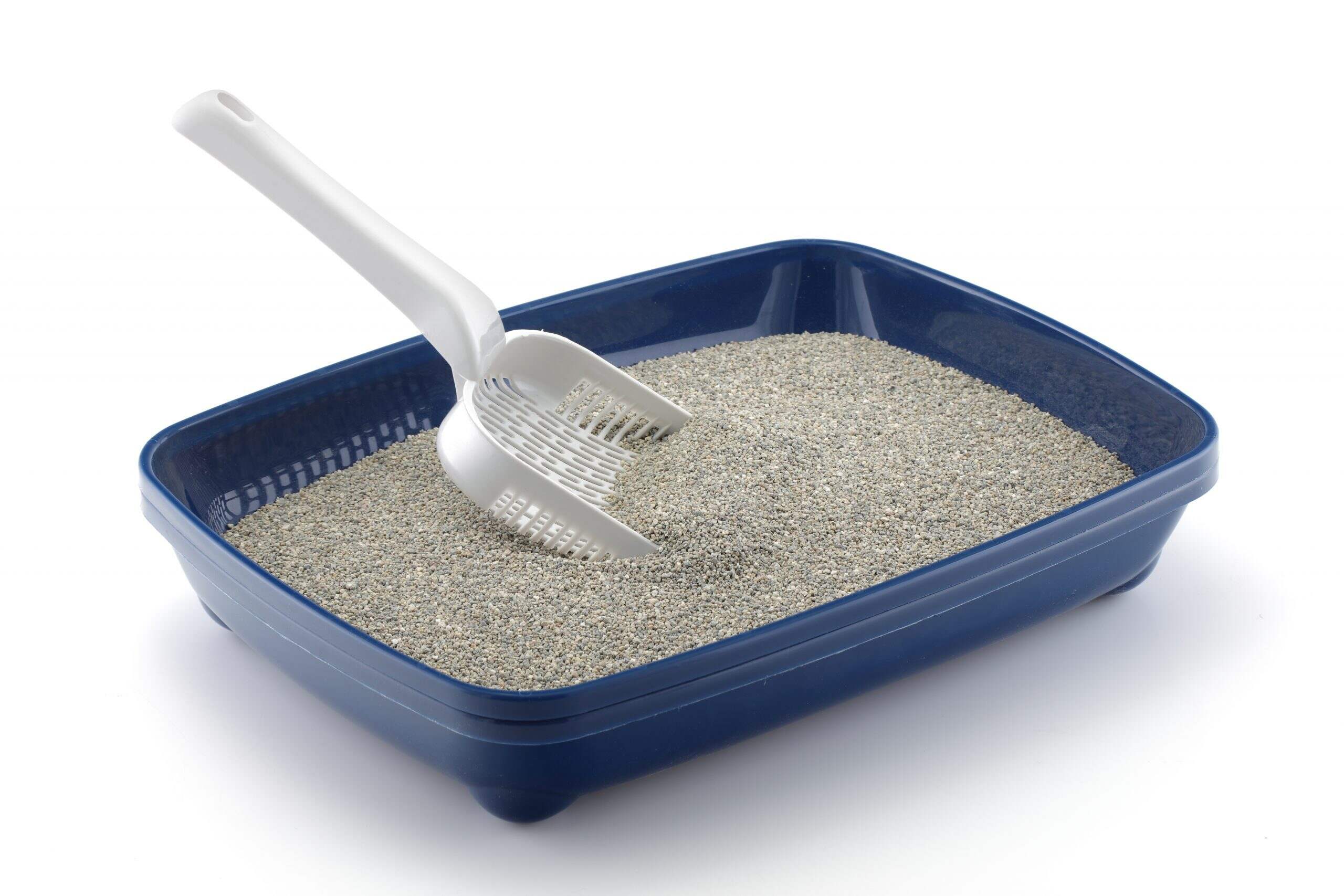
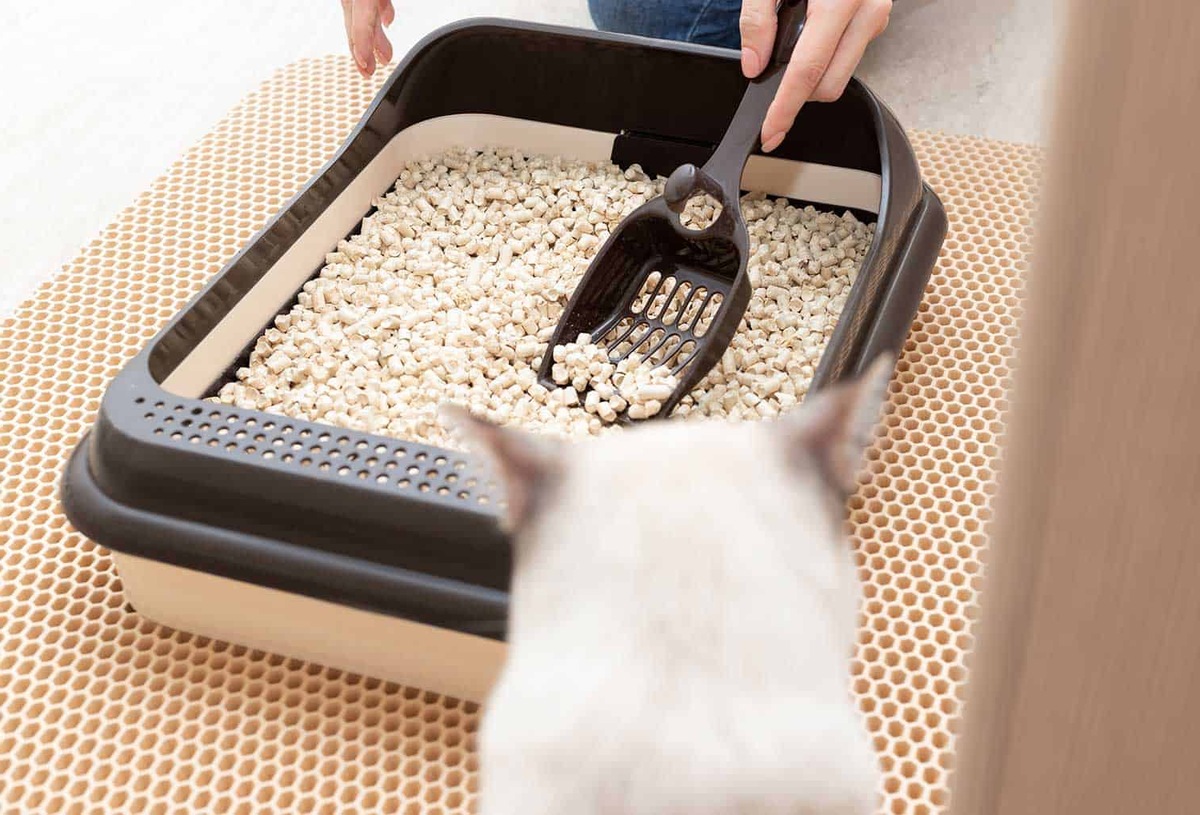
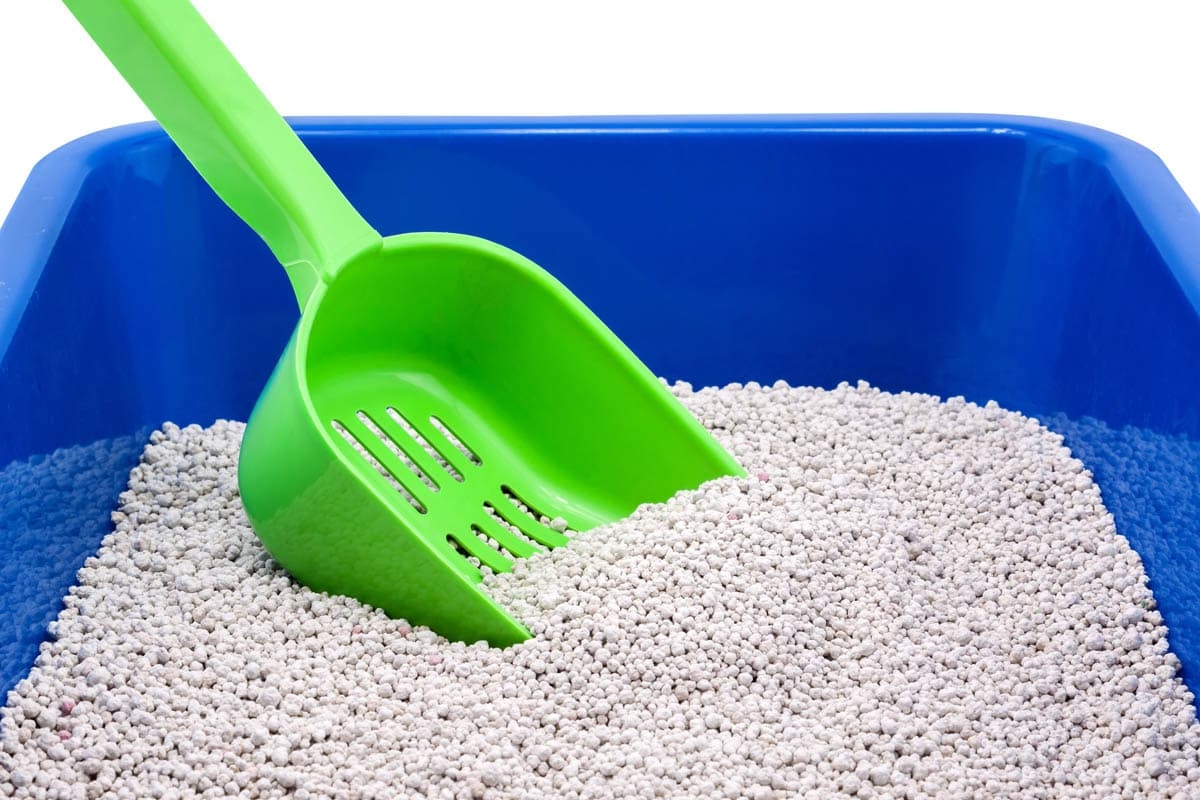
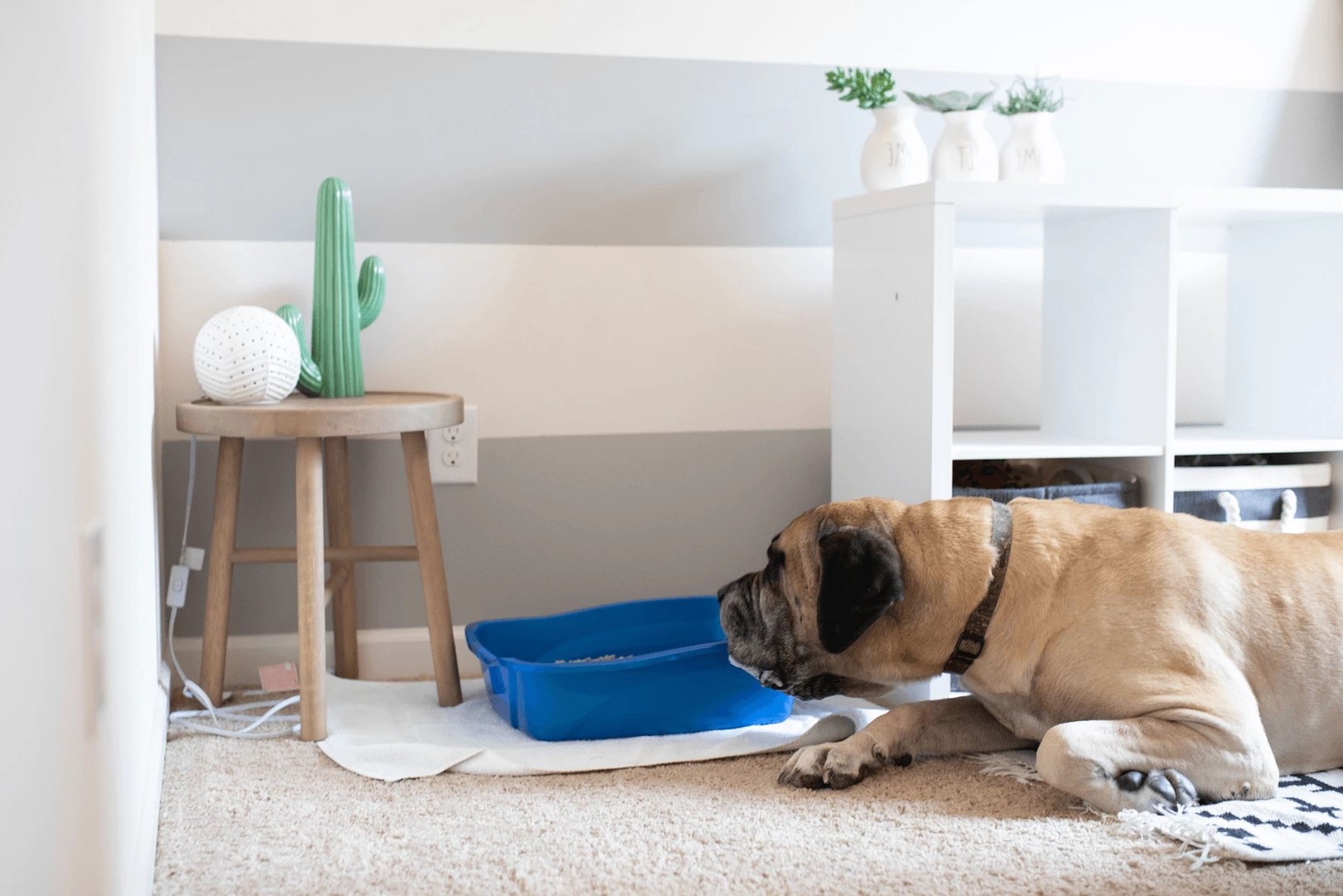

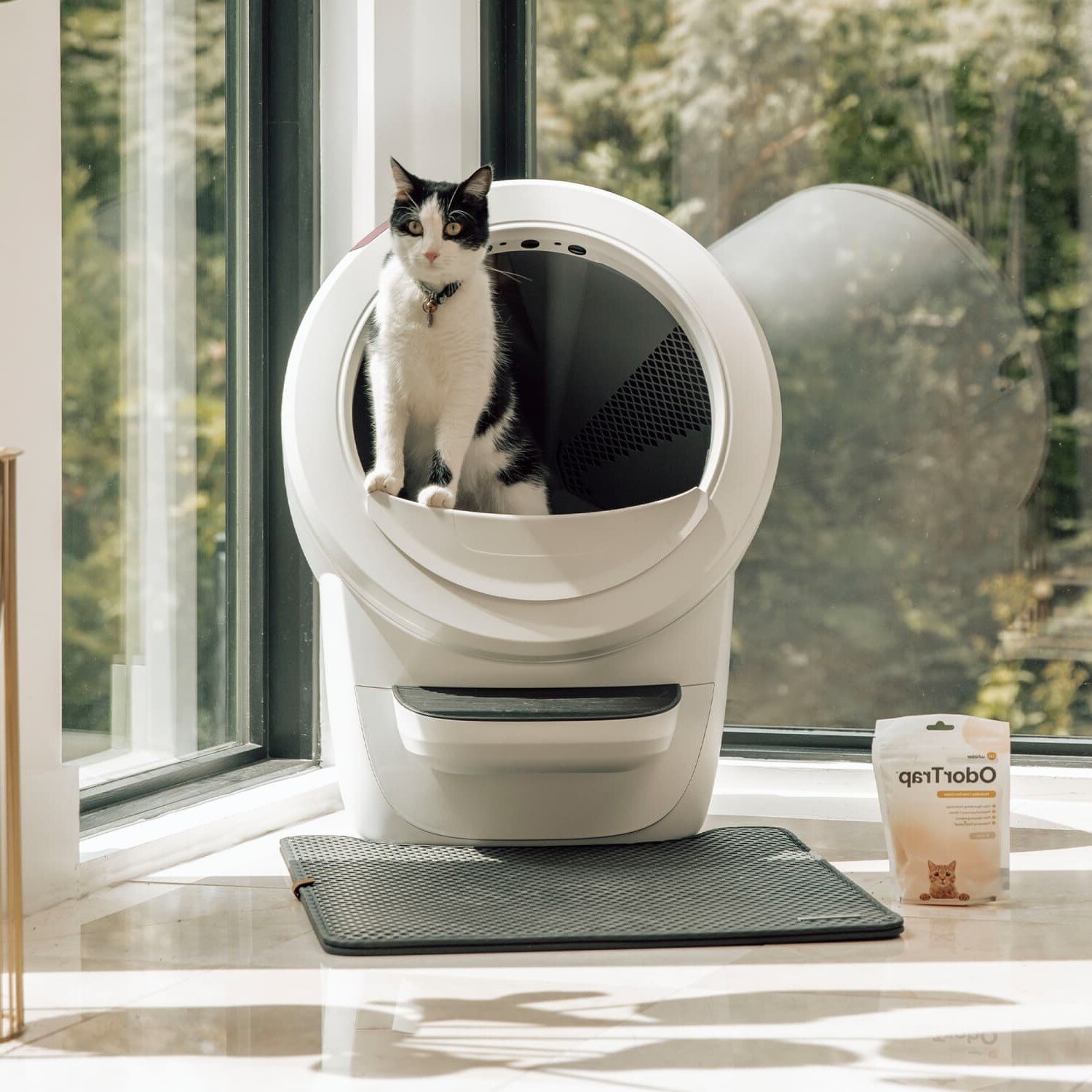
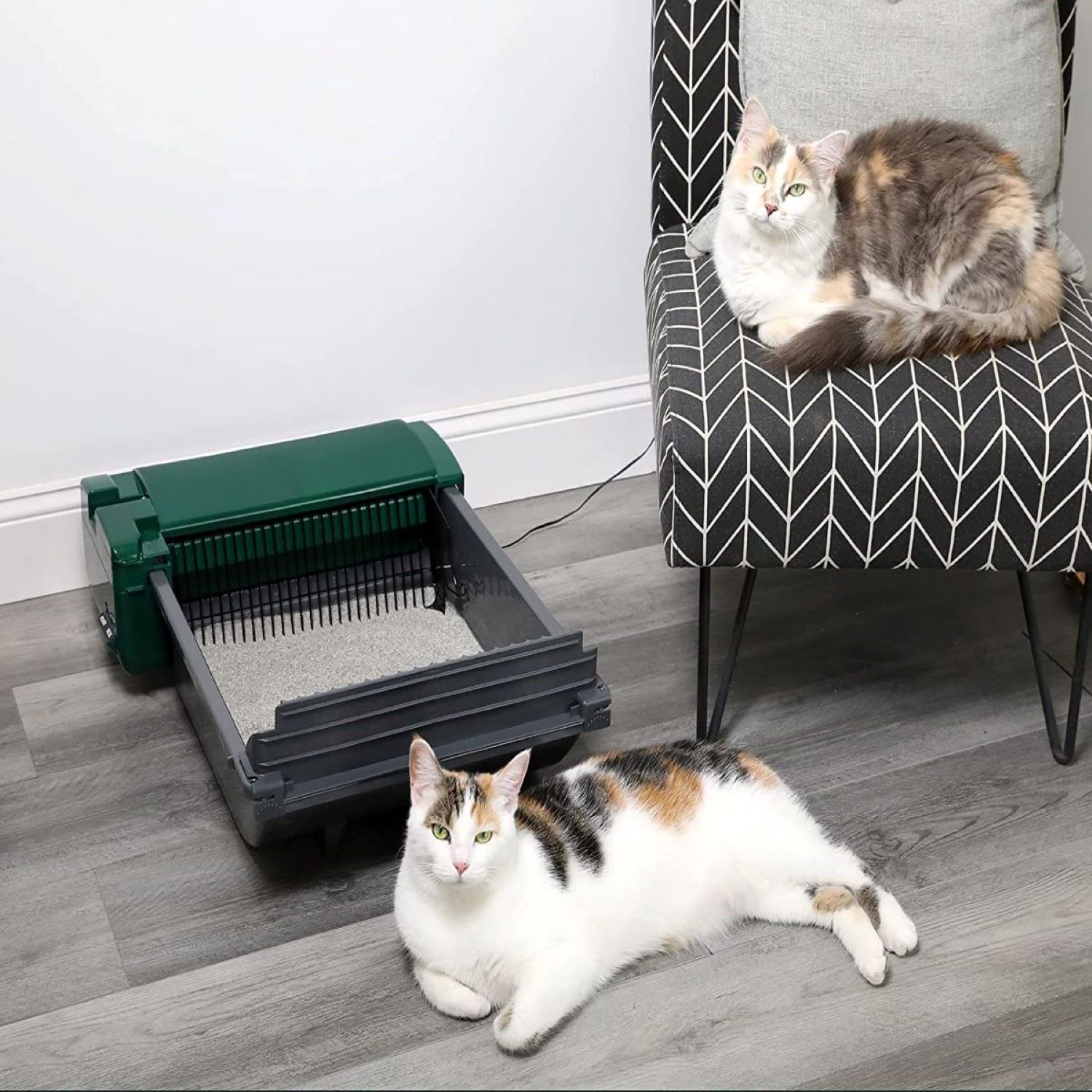
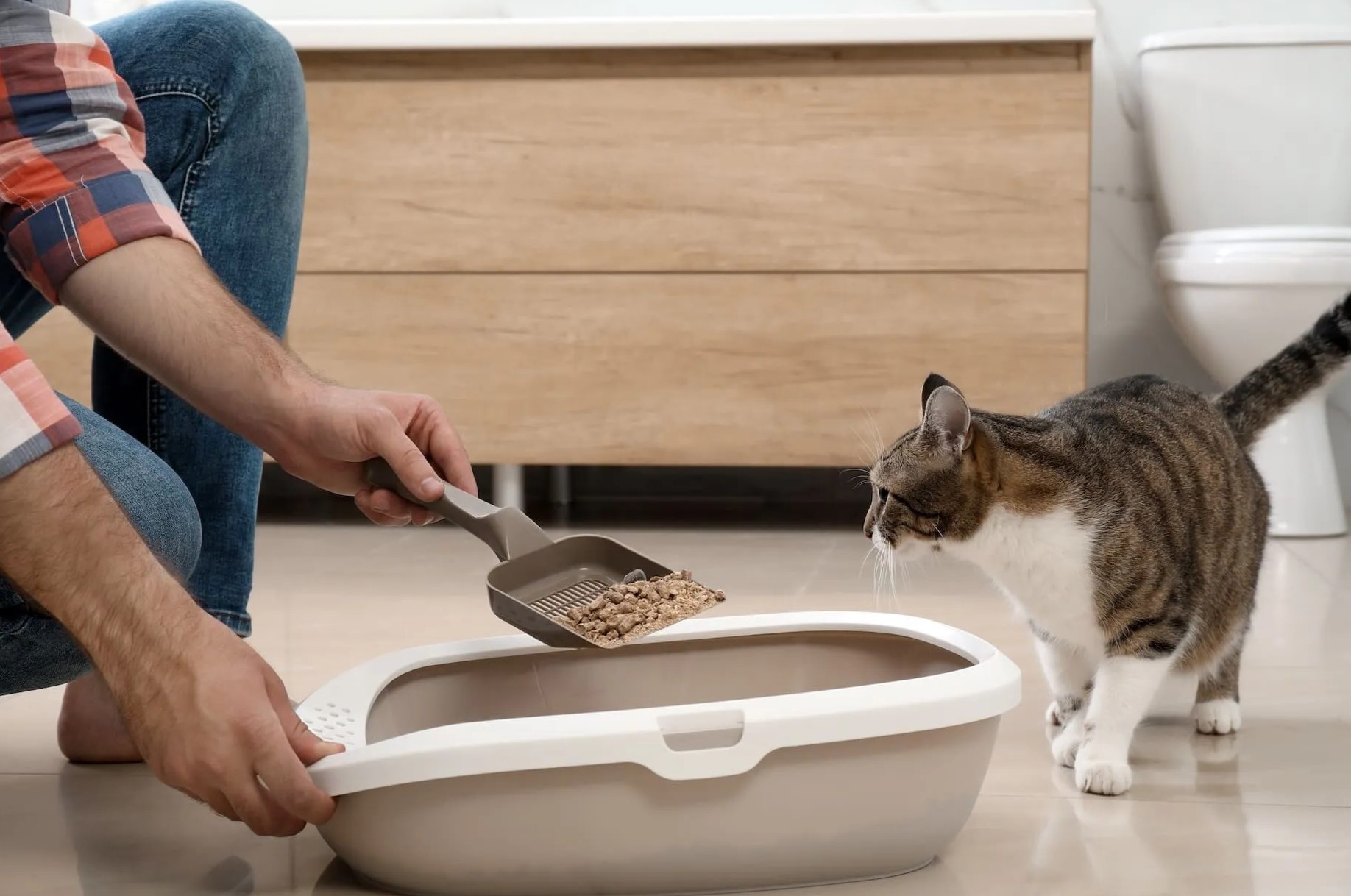
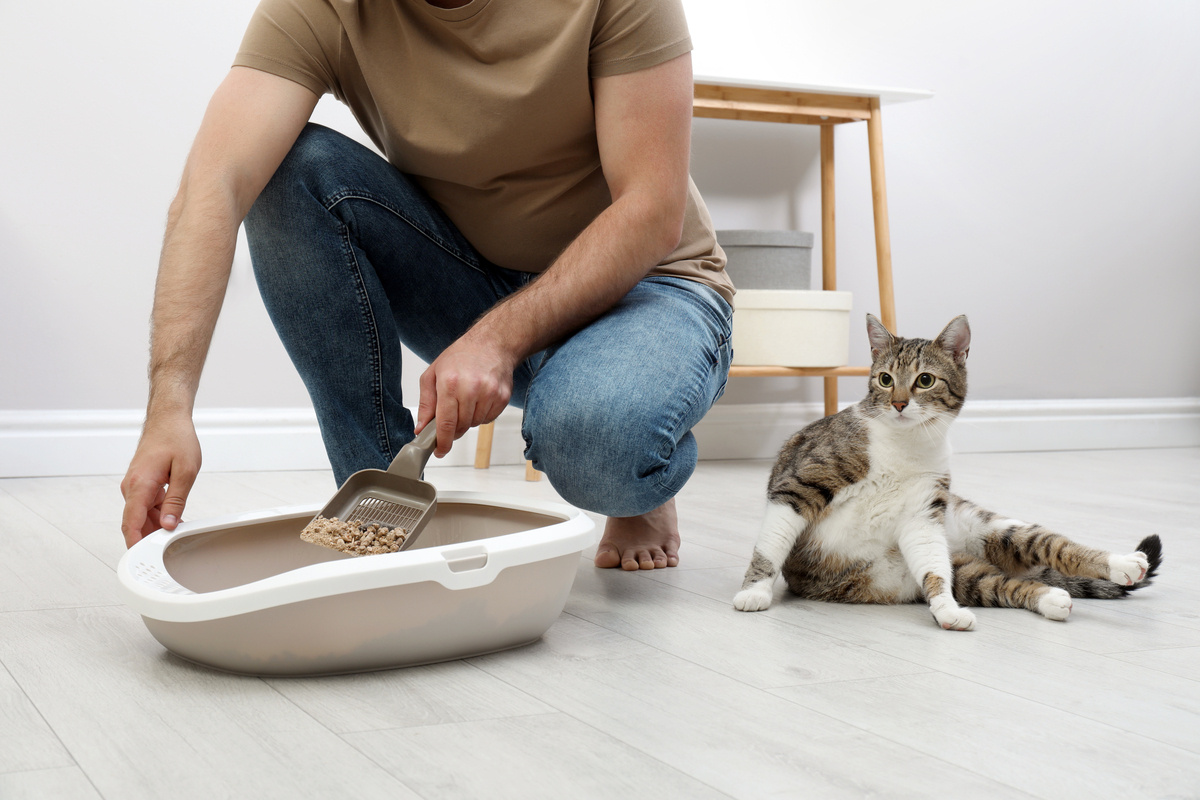
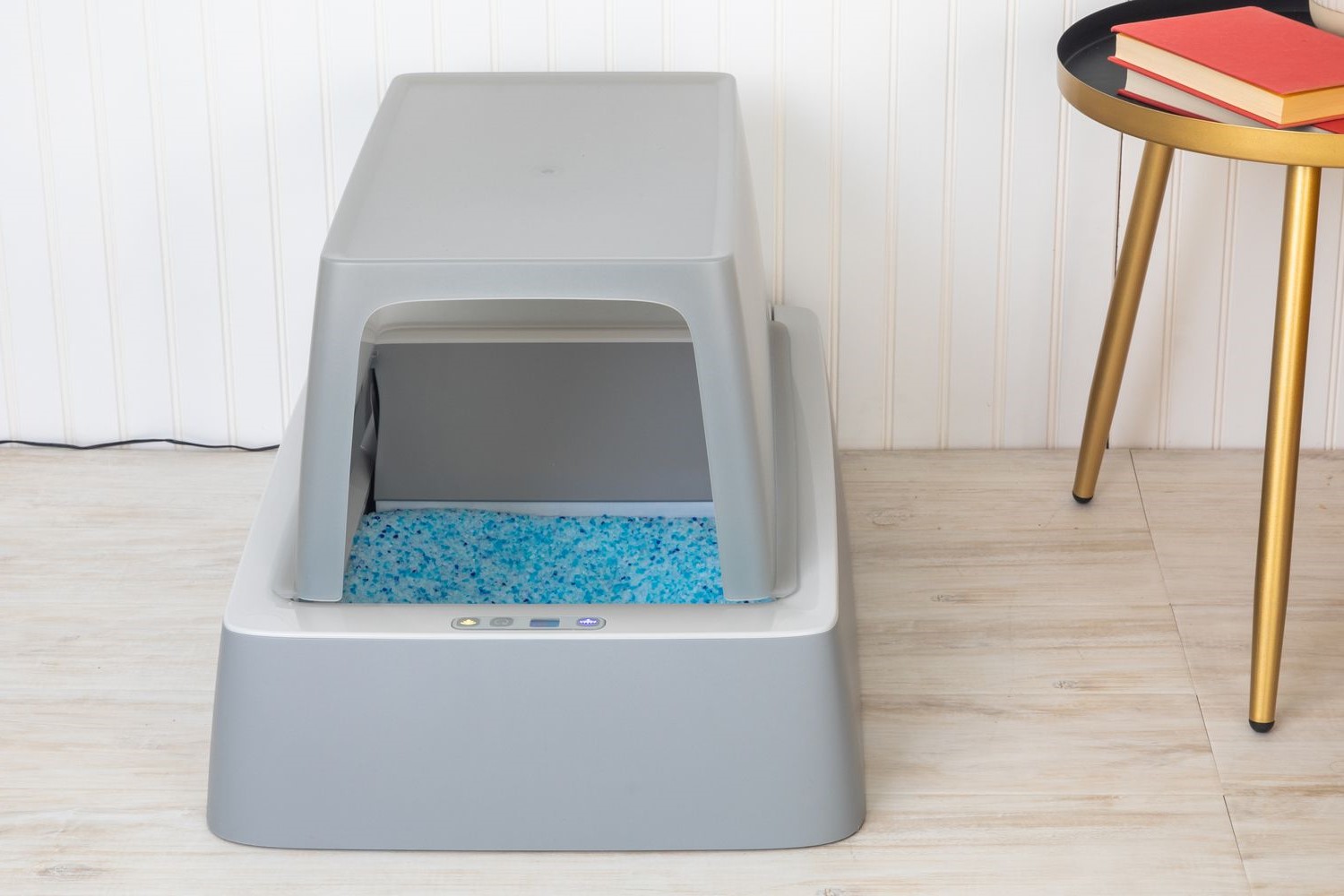

0 thoughts on “How To Keep The Litter Box Clean”